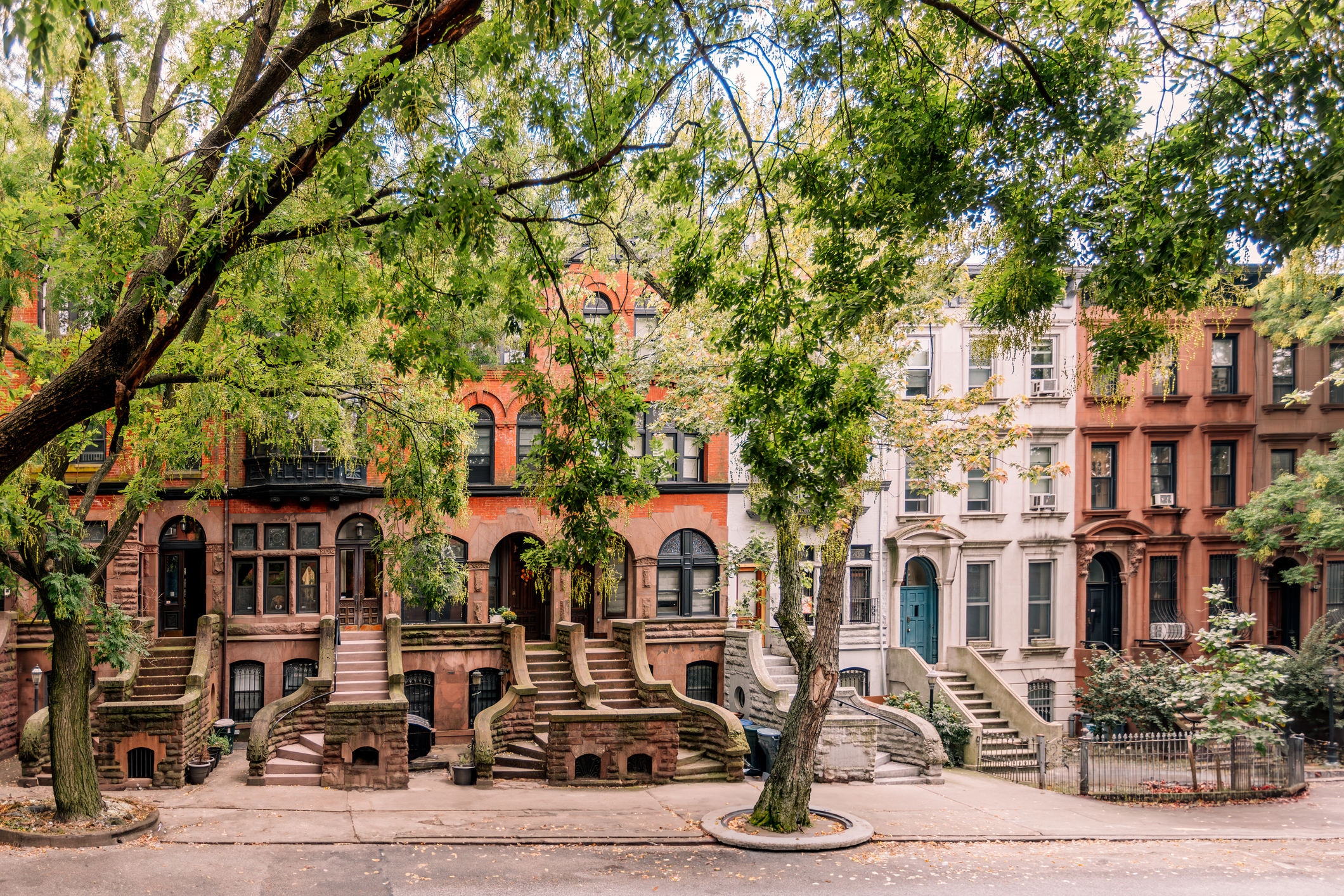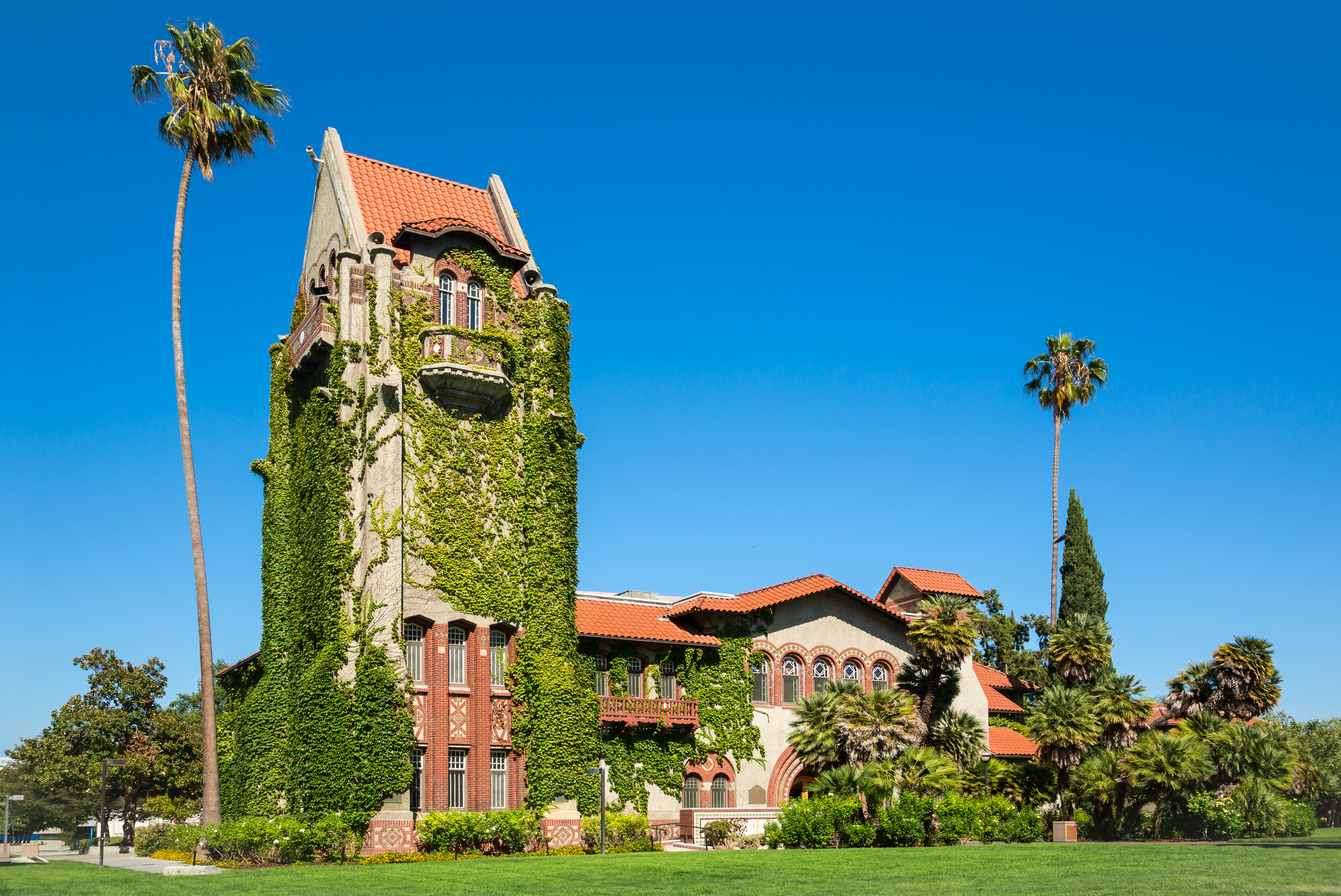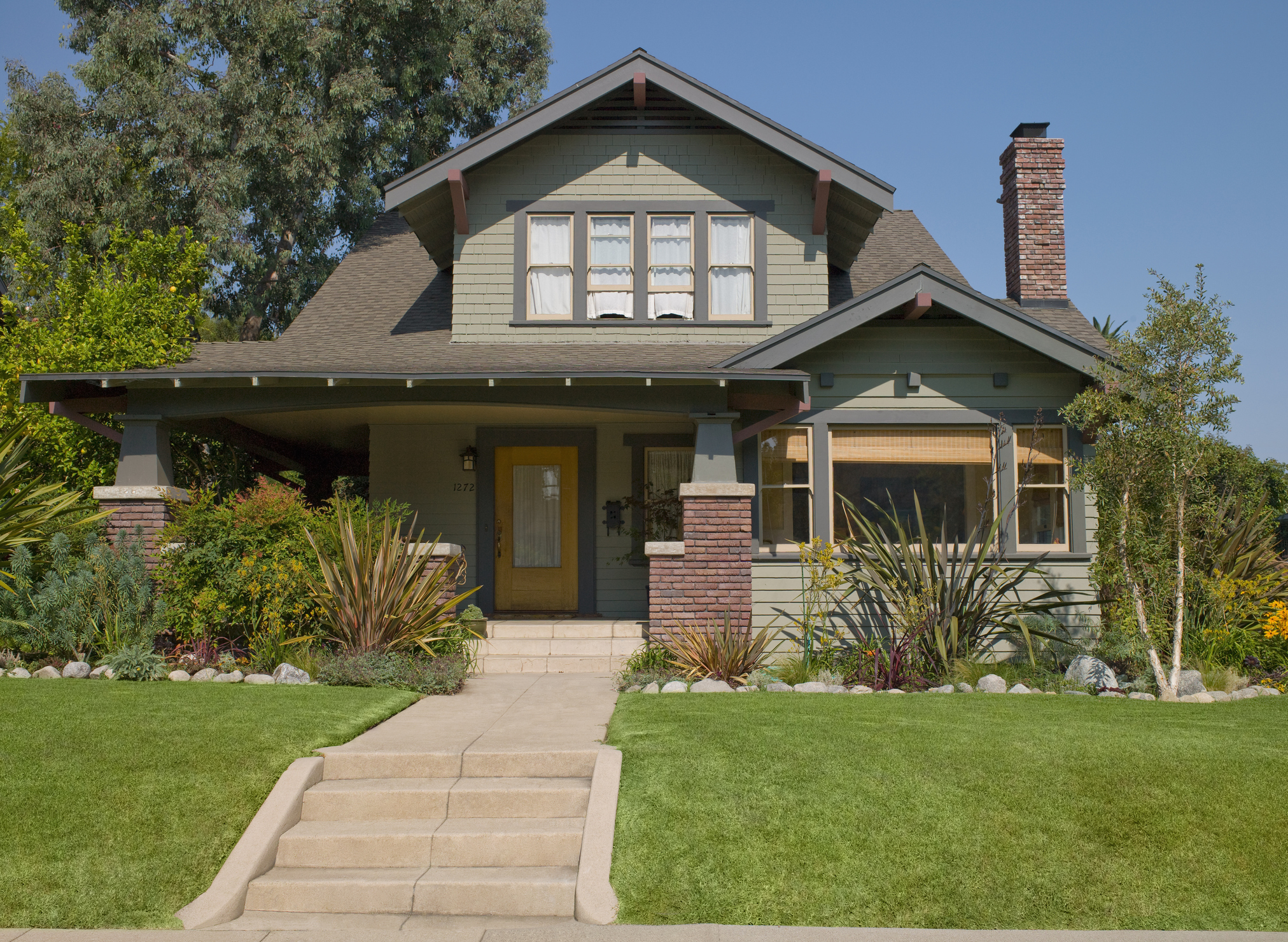The 10 Most Expensive Cities to Live in the U.S.
From metro areas on both coasts to the middle of the Pacific Ocean, these are the most expensive cities to live in the U.S.

The most expensive cities in the U.S. are usually costly for a good reason — several, really. Residents are willing to pay extra for everything from housing to food to gas if it allows them to live someplace with a wealth of employment opportunities or great weather. Others are looking for cosmopolitan living, with a host of restaurants, museums and other cultural options on tap. Many of these expensive cities appear in our ranking of the most expensive housing markets in the U.S.
However, in some cases, simple isolation plays a leading role in high prices. When pretty much everything has to be imported over long supply lines, prices are bound to be higher.
We should also note that the country is still reeling from the worst bout of inflation to hit the U.S. economy in 40 years. This macro environment has made the nation's most expensive cities to live in even pricier than in recent years.

Sign up for Kiplinger’s Free E-Newsletters
Profit and prosper with the best of expert advice on investing, taxes, retirement, personal finance and more - straight to your e-mail.
Profit and prosper with the best of expert advice - straight to your e-mail.
The Fed has cut rates four times, beginning in September 2024, and held the current rate, 4.5%, steady at the last meeting in January. Unfortunately, these rate cuts have not resulted in a downward trend in mortgage rates. In fact, rates have been fluctuating and even topped 7% briefly. As of January 31, 2025, the average interest rate for the benchmark 30-year fixed mortgage was 6.96%, a decrease of 5 basis points compared to the previous week. If you are planning to refinance, the national 30-year fixed refinance interest rate is sitting at 6.94%, down 7 basis points from the previous week, according to Bankrate.
On January 31, 2025, the average interest rate for the benchmark 30-year fixed mortgage was 6.96%, down 5 basis points compared to the previous week.
And yet, surprisingly, there's actually something of a silver lining to these metro areas' fast-rising prices. As counterintuitive as it may seem, recent research by New York University economist Edward Wolff shows that "inflation has been a great boon to middle-class U.S. households’ balance sheets, and has therefore helped to mitigate the increase in overall wealth inequality."
Something tells us that city dwellers coping with the daily reality of relentlessly rising costs probably take little solace in such long-term, macro-level developments. But, hey, at least something good might come out of their increasingly stretched budgets.
But back to the data. To determine just how much the most expensive cities to live in the U.S. really cost, we turned to the latest data from the Council for Community and Economic Research. Its cost of living index collects scores upon scores of prices across 265 urban areas, covering housing, groceries, utilities, transportation, healthcare, and miscellaneous goods and services (such as getting your hair done or going to a movie). We also gathered data on household incomes, home prices and unemployment rates for each city to provide context for local living costs.
Take a closer look at the 10 most expensive cities to live in the U.S.
10. San Diego, California

| Cost of living: | 46.5% above U.S. average |
| City population: | 1,388,312 |
| Median household income: | $105,780 (U.S. average: $80.610) |
| Median home value: | $923,900 (U.S. average: $520,771) |
| Unemployment rate: | 4.6% (U.S. average: 4.1%) |
San Diego, with its miles of beaches and nearly ideal climate, is paradise for those who love the outdoors. Be it surfing, sailing, hiking, biking, golfing or just exploring Balboa Park, this city on the Pacific has something for everyone.
And for those who prefer more sedentary activities, San Diego offers a world-class zoo, museums, professional sports teams and a wide-ranging restaurant scene.
What's not to like?
Well, for one thing, San Diego has one of the most expensive housing markets in the U.S. At more than $1.15 million, the average home price is 114% greater than the national average.
Or consider it this way: San Diego's median home value comes to $923.900, or 77.4% higher than the U.S. median of $520,771. The city's median household income, however, is only about one-third greater than the U.S. level. Renters feel the pinch, too, with the average apartment going for $3,222 a month vs the national average of $1,578..
9. Boston, Massachusetts

| Cost of living: | 46.9% above U.S. average |
| City population: | 652,442 |
| Median household income: | $96,931 |
| Median home value: | $703,600 |
| Unemployment rate: | 3.9% |
With its unparalleled collection of universities, hospitals, historical sites, and tech and biotech employers, it's easy to see why Boston is such an appealing place to live. And while there's no question the city's popularity comes at a high cost, it's not nearly as high as some East Coast cities that are often mentioned in the same breath as Boston.
Boston has a high concentration of students, recent grads and young professionals and they require some level of affordability to get by while they're starting out. Transportation, for example, is "only" 26.8% more expensive than the national average. Healthcare runs 30.1% more than what the typical American pays, and miscellaneous goods and services are 20.6% more pricey.
Housing-related costs, however, are a killer, or 105.6% higher than the national average. Renters and homeowners pay more than twice the national average for their domiciles. For example, the average apartment rents for $4,101 a month in Boston. That compares with a national average of $1,574 a month, according to C2ER. The average price of a Boston home comes to $1,070,817 vs $520,771 nationally.
In another blow to residents' wallets, Massachusetts isn't particularly tax-friendly. It's rated one of the Worst States to Retire in 2024 if You Hate Paying Taxes and one of the 10 Least Tax-Friendly States for Middle-Class Families by the Kiplinger tax experts.
8. Los Angeles, California

| Cost of living: | 48.7% above U.S. average |
| County population: | 3,898,747 |
| Median household income: | $79,701 |
| Median home value: | $828,700 |
| Unemployment rate: | 5.7% |
Few cities can top Los Angeles for excess and glamor, but most of its residents don't work in Hollywood or shop on Rodeo Drive. While high living expenses make L.A. one of the most expensive cities to live in the U.S., median annual incomes are $909 below the national level.
And yet the allure of the nation's second-largest city remains strong. From Hollywood to Beverly Hills to Venice Beach, few cities can claim as many famous locales. For those who seek culture beyond the Kardashians, L.A. boasts a number of important museums and the world-class Los Angeles Philharmonic.
Just be forewarned that L.A.'s notorious traffic helps push transportation costs 28% above the national average. And although groceries, utilities, healthcare and miscellaneous goods and services are only about 5% to 17% costlier than the U.S. average, housing bleeds residents dry.
Indeed, housing-related expenses, including rents and mortgages, run 133.1% above the national average in Los Angeles. For example, the average price of a home in L.A. comes to almost $1.34 million, vs the national average of $520,771. Average rent, meanwhile, is almost twice as high as the U.S. average.
Lastly, there's another thing that's unhelpfully elevated in the City of Angels. While the U.S. unemployment rate sits at 4.1%, Los Angeles' rate stands at 5.7%.
7. Queens, New York

| Cost of living: | 51.3% above U.S. average |
| County population: | 2,252,196 |
| Median household income: | $81,929 |
| Median home value: | $692,500 |
| Unemployment rate: | 4.8% |
Queens is one of the most ethnically diverse urban areas in the world. In fact, Queens holds the Guinness World Record for “most ethnically diverse urban area on the planet.” It's also the most linguistically diverse, with at least 138 languages spoken throughout the borough. But the cost of living in this borough is especially high — almost 47% more than the rest of the country.
Housing in Queens is marginally cheaper than in neighboring boroughs Manhattan and Brooklyn, but still remain elevated. Overall, prices are 157.5% over the national average. The average home sells for almost $1.34 million and rent will cost you $3,830 a month; both expenses are more than double what most people pay. Queens is also the home of the Mets and the US Open tennis tournament, and the former home of the New York World's Fair in 1964, now Flushing Meadow-Corona Park. The first incarnation of It's a Small World, which debuted at the 1964 World's Fair, was an afterthought and nearly did not happen.
The median household income in Queens is $81,929, only $1.319 above the national average. That is more than the folks in Brooklyn earn and less than Manhattanites. New York took second place on Kiplinger’s Most Expensive States to Live in for Homeowners. Median real estate taxes paid were over $6,303 and homeowners age 65 and older may qualify for a property tax exemption or rebate.
6. Orange County, California

| Cost of living: | 58.3% above U.S. average |
| County population: | 3,135,755 |
| Median household income: | $110,042 |
| Median home value: | $961,400 |
| Unemployment rate: | 4.0% |
Orange County, known as The O.C. for short, is synonymous with wealth — so much so there was an entire TV series made about it in the 2000s.
Several large municipalities make up the county, which abuts Los Angeles to the southeast, including Anaheim, Santa Ana and Irvine. But it's the smaller, tonier enclaves such as Newport Beach (median home value: $2 million) that cement Orange County's reputation for sheltering some of Southern California's richest and most famous.
In fact, the average home price for all of Orange County sits at $1.509 million according to C2ER. That makes it the sixth priciest market in the country. However, at $3,178 a month, apartment rents are only a bit more than twice the national average.
All in all, housing in the O.C. costs 166.6% more than what the typical American pays. Other budget-stressors include groceries, which cost about 9.8% more than the U.S. average, and transportation, which is 28.6% pricier. On the brighter side of the ledger, healthcare costs are 5.8% lower than the national average, and utilities come in above average costing 17.9% more.
5. Brooklyn, New York

| Cost of living: | 58.7% above U.S. average |
| Borough population: | 2,561,225 |
| Median household income: | $76,912 |
| Median home value: | $880,300 |
| Unemployment rate: | 5.8% |
| Row 5 - Cell 0 | Row 5 - Cell 1 |
Technically, Brooklyn is one of the five boroughs that make up New York City, but in the past couple of decades it has emerged as something of a metropolis unto itself. Indeed, if Brooklyn were an independent city, its population would be on par with Chicago, the third-largest city in the nation.
Once upon a time, Brooklyn was considered a viable alternative for those who couldn't afford to live in Manhattan. Not anymore. Housing-related expenses, including rents and mortgages, are almost four times higher than the national average.
And yet, the median household income in Brooklyn of $76,912 is actually lower than the U.S. median. It's also almost $24,166 lower than the median household income in Manhattan.
Happily, not everything in Brooklyn is eye-wateringly expensive. Utilities costs are only about 12.5% higher than their respective national averages. And transportation expenses run just 12.3% above what the typical American pays. Health care, however, is about 27.6% more expensive than the U.S. average.
Adding to Brooklynites' pocketbook pain is the fact that, according to the New York state tax guide, this state is one of the least tax-friendly states for both retirees and middle-class families.
4. San Francisco, California

| Cost of living: | 63.7% above U.S. average |
| City population: | 1,535,341 |
| Median household income: | $138,562 |
| Median home value: | $1,424,900 |
| Unemployment rate: | 3.6% |
Years of relentless growth driven by high-paid tech workers have given San Francisco one of the highest living costs in the country, meaning even those with fat paychecks can struggle to make ends meet.
Houses are famously expensive — a seemingly insurmountable obstacle for aspiring homeowners. The average home price is a staggering $1.4 million in San Francisco, according to C2ER's cost of living index, and the median home value is the second highest among the 10 most expensive cities to live in the U.S.
Renters don't fare much better. The average rent for an apartment in San Francisco is $3,771 a month. That's 2.4 times the national average. Indeed, overall, housing-related costs in San Francisco are almost 2.5 times greater than the national average.
And the nosebleed prices don't stop there. Groceries, utilities, healthcare and transportation expenses all run anywhere from 22.2% to almost over 58% more than what the typical American pays. Miscellaneous goods and services are only 20.3% more expensive than the national average
3. San Jose, California

| Cost of living: | 83.7% above U.S. average |
| City population: | 1,945,767 |
| Median household income: | $153,202 |
| Median home value: | $1,393,400 |
| Unemployment rate: | 4.1% |
San Jose possesses all of the grand natural beauty you might associate with California. The downtown has streets lined with palm trees and you can watch a majestic sunset over silicon valley. This all comes at a high price and that is why it earned the third spot on this list.
The tech roots of this area run deep. IBM established its first West Coast operations in San Jose in 1943 and opened an IBM Research lab in 1952. The hard disk drive was invented there. Today, San Jose is at the epicenter of tech development in America and hosts major facilities for many companies including Ericsson, Hewlett Packard Enterprise, Hitachi, IBM, Lockheed Martin, Qualcomm and the North American headquarters of Samsung Semiconductor.
The abundance of high-paying jobs is necessary to live and work in the area. The typical household income in San Jose is $153,202 and that is almost twice the national average of $80,610. If you need to wake up with a cup of coffee before you start your work day it will cost 20% more than most other cities.
Housing costs are 234% higher than the national average and the mean price of a home is $1,923,230. That is almost 3.7 times what most people pay nationwide at $520,771. The cost of heating and cooling your home, as well as charging your EV, is in line with housing prices and is 52.3% higher than average, although it is cheaper than neighboring San Francisco, where the costs are 58.8% above the norm.
California's state tax guide paints a bleak picture for taxes. California has among the highest taxes in the nation. Sales and income taxes are generally high, but effective property tax rates are below the national average.
Retirees don’t fare much better. California is one of Kiplinger's Worst States to Retire in 2024 if You Hate Paying Taxes. Most types of retirement income are taxable in California; retirees might pay an income tax rate as high as 14.4% if they continue to work and income tops $1,000,000.
2. Honolulu, Hawaii

| Cost of living: | 84.6% above U.S. average |
| City population: | 341,753 |
| Median household income: | $84,907 |
| Median home value: | $831,600 |
| Unemployment rate: | 2.9% |
To enjoy the perks of living in such a remote Pacific paradise, Honolulu residents pay more than they would on the mainland for pretty much everything — and it's not hard to understand why. Most goods sold in Hawaii must arrive either by boat or by plane, which jacks up the price considerably.
Honolulu has by far the most expensive utilities of all 265 urban areas surveyed by C2ER. Utilities cost a whopping 110% more than what folks pay on the U.S. mainland. They barely edge out Fairbanks, Alaska, where costs are 108.2% above the norm.
Groceries don’t trail far behind. For example, eggs cost 25% above the national average and bananas cost an eye-watering 89% more. Getting to the store costs more too. Filling up your gas tank costs 50% more than other cities in the survey. Overall transportation costs are 33.7% more expensive, and locals shell out upwards of 23.7% more for healthcare.
But, as always, housing is the biggest income-eater. Housing-related costs are more than three times the national average in Honolulu. Heck, the average home carries a price of almost $1.64 million.
Residents do catch at least one break when it comes to their finances. The Hawaii state tax guide shows it's among the more tax-friendly states for middle-class families on this list, and is one of the most tax-friendly states for retirees. It also earned a spot on Kiplinger's 10 Most Tax-Friendly States for Retirees.
1. Manhattan, New York

| Cost of living: | 129.2% above U.S. average |
| Borough population: | 1,597,451 |
| Median household income: | $101,078 |
| Median home value: | $1,010,800 |
| Unemployment rate: | 4.7% |
| Row 5 - Cell 0 | Row 5 - Cell 1 |
If you've ever been to Manhattan, you don't need us to tell you that it's an expensive place to visit.
But it's even more expensive to live there.
With space at a premium and location paramount, the median home value in Manhattan is second only to Honolulu on our list of most expensive cities to live in the U.S. The average apartment rent stands at a stunning $5,701 a month, blowing away every other city tracked by C2ER. Meanwhile, the average home price is $2.81 million.
The budget-busting doesn't stop there. Residents pay a premium of 74% at the doctor’s office, while transportation runs 24.5% above average. Meanwhile, miscellaneous goods and services are 28.8% more expensive. For example, if you want to go to the movies, you'll pay 66% more for a ticket at $21. Yoga classes cost 1.7 times more than the national average. All of this and more conspire to make Manhattan the most expensive city in the nation — by a lot.
By the way, you'll need to like crowds if you hope to make it in the Big Apple: Manhattan packs in almost 70,520 residents per square mile, according to the U.S. Census Bureau. For context, San Francisco, which has one of the highest population densities in the U.S., hosts a mere 17,323 residents per square mile.
How we picked the most expensive cities in the U.S.
Disclaimer
Source: C2ER's Cost of Living Index, 2024 Annual Average Data, published October 2024. Index data is based on average prices of goods and services collected during the third quarter of 2024, with index values based on the 2022 US Consumer Expenditure Survey. Population data, household incomes, home values, poverty rates and other demographic information are from the U.S. Census Bureau. Local unemployment rates, courtesy of the U.S. Bureau of Labor Statistics, are not seasonally adjusted and are as of January 31, 2025, for the month of November 2024, which is the latest available final data. Local unemployment rates for New York City, courtesy of New York State Department of Labor Labor Statistics for the New York City Region and local unemployment rate for San Francisco, courtesy of State of California Employment Development Department.
Related Content
Get Kiplinger Today newsletter — free
Profit and prosper with the best of Kiplinger's advice on investing, taxes, retirement, personal finance and much more. Delivered daily. Enter your email in the box and click Sign Me Up.

Dan Burrows is Kiplinger's senior investing writer, having joined the august publication full time in 2016.
A long-time financial journalist, Dan is a veteran of SmartMoney, MarketWatch, CBS MoneyWatch, InvestorPlace and DailyFinance. He has written for The Wall Street Journal, Bloomberg, Consumer Reports, Senior Executive and Boston magazine, and his stories have appeared in the New York Daily News, the San Jose Mercury News and Investor's Business Daily, among other publications. As a senior writer at AOL's DailyFinance, Dan reported market news from the floor of the New York Stock Exchange and hosted a weekly video segment on equities.
Once upon a time – before his days as a financial reporter and assistant financial editor at legendary fashion trade paper Women's Wear Daily – Dan worked for Spy magazine, scribbled away at Time Inc. and contributed to Maxim magazine back when lad mags were a thing. He's also written for Esquire magazine's Dubious Achievements Awards.
In his current role at Kiplinger, Dan writes about equities, fixed income, currencies, commodities, funds, macroeconomics, demographics, real estate, cost of living indexes and more.
Dan holds a bachelor's degree from Oberlin College and a master's degree from Columbia University.
Disclosure: Dan does not trade stocks or other securities. Rather, he dollar-cost averages into cheap funds and index funds and holds them forever in tax-advantaged accounts.
-
 Could You Retire at 59½? Five Considerations
Could You Retire at 59½? Five ConsiderationsWhile some people think they should wait until they're 65 or older to retire, retiring at 59½ could be one of the best decisions for your quality of life.
By Joe F. Schmitz Jr., CFP®, ChFC® Published
-
 Home Insurance: How to Cut Costs Without Losing Coverage
Home Insurance: How to Cut Costs Without Losing CoverageNatural disasters are causing home insurance premiums to soar, but don't risk dropping your coverage completely when there are ways to keep costs down.
By Jared Elson, Investment Adviser Published
-
 Six Best Places to Live in Florida
Six Best Places to Live in FloridaPlaces to Live Florida offers a range of cities where you’re never far from the sound of lapping waves.
By Drew Limsky Published
-
 Retire in Mexico: Get a Lower Cost of Living Near the US
Retire in Mexico: Get a Lower Cost of Living Near the USMany older Americans retire in Mexico because of its laid-back lifestyle, beaches, and vibrant culture. Here’s the scoop on living in Mexico full-time.
By Brian O'Connell Published
-
 Five Great Places to Live in Wyoming
Five Great Places to Live in WyomingWhether you prefer the buzzy affluence of Jackson Hole, rodeo towns or mountain towns, Wyoming should be on any nature lover’s list.
By Drew Limsky Published
-
 Houses for Sale in Napa, California for Wine Lovers
Houses for Sale in Napa, California for Wine LoversThree gorgeous houses for sale in Napa, California, detailed as part of Kiplinger's "Listed" series.
By Alexandra Svokos Published
-
 You May Not Want to Downsize in Retirement: Here's Why
You May Not Want to Downsize in Retirement: Here's WhyYour financial planner may urge you to downsize in retirement. Your kids may even pressure you. But be sure it's right for you before you make a move.
By Maurie Backman Published
-
 The True Cost of Owning a Second Home: What to Consider Before You Buy A Vacation Home
The True Cost of Owning a Second Home: What to Consider Before You Buy A Vacation HomeWhat to consider before buying a vacation home, including mortgages, insurance, taxes, and upkeep.
By Dori Zinn Published
-
 5 Gorgeous Lake Houses for Sale Around the US
5 Gorgeous Lake Houses for Sale Around the USKiplinger's "Listed" series brings you a collection of beautiful houses for sale on lakes.
By Alexandra Svokos Published
-
 5 Reasons Millionaires are Renting Instead of Buying
5 Reasons Millionaires are Renting Instead of BuyingHomeownership isn’t for everyone, even millionaires. Discover why wealthy individuals choose to rent instead of buy, from financial flexibility to investment strategies.
By Dori Zinn Published
